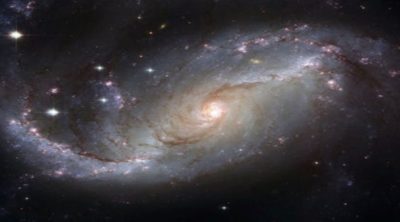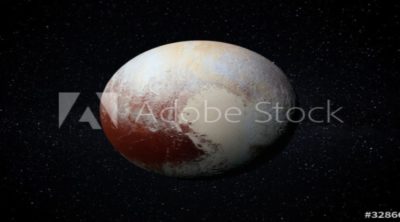
The Sun, which is the main source of energy, is the center of the solar system, with nine planets revolving around it. Earth is the third planet, after Mercury and Venus. The distance from Earth to Sun can be measured in various units.
The Sun is the center of the Solar System, with nine planets revolving around it. Earth, the third planet of the solar system is the only planet where life is sustained. The Earth and the other nine planets of the solar system revolve around the Sun in an elliptical orbit.
The Sun
There are many interesting facts about the sun, which is the center of the Milky Way. The Sun is a large ball of fire with a diameter of about 1,392,000 kilometers (approximately the size of 109 Earths arranged side by side). The size of the Sun is so big that approximately 1,000,000 Earths can fit inside it with ease. Not many know that the color of the Sun is white. It appears yellow to the eye because of the scattering of the atmosphere. The Sun is the center pivot around which the entire solar system is built. Right from the dawn of human civilization, the Sun has been worshiped as a source of life, energy and hope. The milky way is incomplete without the Sun, which is made up of helium and hydrogen with traces of iron and silicon. Scientifically, the mass of the Sun is 1.9891 x 1030 kg, i.e. 332,946 x Earth.
The Earth
The Earth is the third planet of the solar system. Earth is the only known planet which harbors life. The Earth is the most massive and densest planets of the Solar System. There are four main layers that make the Earth – the crust, the mantle, the outer core and the inner core. About 71% of the Earth’s surface is covered with water, which gives it a bluish appearance when viewed from the space, hence giving it the name the Blue Planet. The Earth’s diameter is about 12,756 kilometers. There are five layers of the Earth’s atmosphere which consists of 78% nitrogen, 21% oxygen, 0.93% argon and 0.03% carbon. The Earth also has a natural satellite, the Moon.
Distance from the Earth to the Sun
The exact distance from the Earth to Sun varies according to the position of its orbit. Here is some useful information about the distance between Earth and Sun. The distance from Earth to Sun is also called 1 astronomical unit or AU. The Earth is closer to the Sun during summer in the Southern Hemisphere, and the temperature is warmer than the summer in the Northern Hemisphere. Aphelion is the term used when the Earth is farthest from the Sun and occurs around the first week of July. Perihelion is the phase when the Earth is closest to the Sun and occurs in the first week of January.
- The average distance from the Earth to Sun in kilometers is approximately 150 million kilometers. In AU (or astronomical unit), it measures up to 149,597,870.7 kilometers approximately. During Aphelion it is 152 million kilometers and during Perihelion the distance measures up to 147 million kilometers.
- The distance from Earth to the Sun in miles is 92,955,887.6 miles approximately. In Aphelion it is 94.4 million miles and in Perihelion it is 91.3 million miles approximately.
- A light year is the unit of length to measure the distance that light travels in a vacuum and is approximately equal to 10 trillion kilometers or 1016 meters. The light from the Sun reaches the Earth in 8 minutes and 20 seconds. The distance from Earth to Sun in light years is 0.000158 light years.
- The distance from Earth to the Sun, calculated in meters is approximately 140,000,000,000 meters.
- The distance from the Earth to the Sun in feet is 491,040,000,000 (491 billion) feet or 5280 ft/mile x 93 million miles approximately.
It is quite fascinating to note that light travels such a mammoth distance to reach the Earth. Thanks to advancement in the field of science and technology, the distance between Earth and other celestial bodies can also be measured. Keep exploring!


